Whether you’re looking for a little slice of history, a home that’s uniquely charming, or one that looks like it jumped off the pages of a storybook – you’ll find all that and more in a Tudor style house. From its distinct white stucco and wood-detailed exteriors to its asymmetrical appearance and English country manor feel, there are countless features that make Tudor homes stand out amongst other popular house styles. Before you set your sights on a Tudor house, check out everything you need to know about these historic homes.
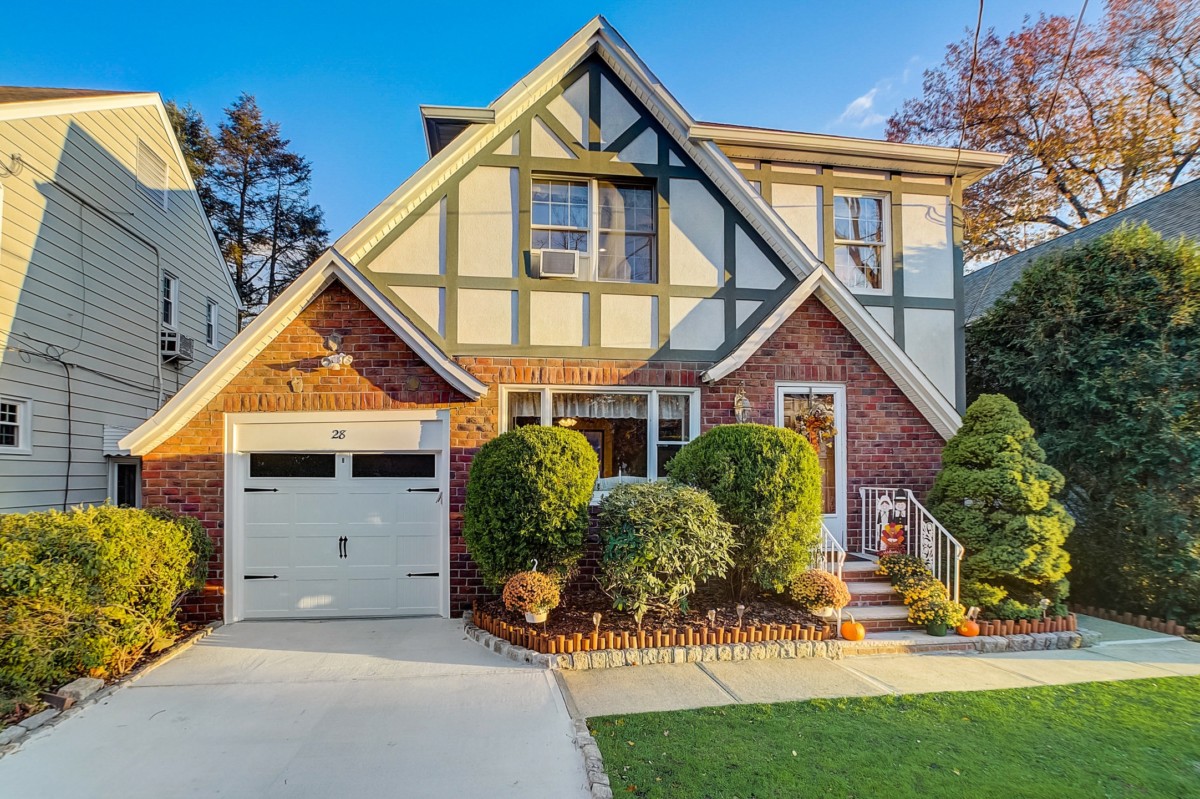
What is a Tudor style house?
Tudor style houses, also called Tudor Revival or Mock Tudor, are two-to-three-story homes with brick exteriors featuring large portions of white stucco and decorative half-timbering. These homes have a romantic and slight medieval appearance, making them a truly unique home style.
History of the Tudor home
Tudor architecture dates back to none other than England’s Tudor period (1495 – 1603). This era marked the end of Medieval times and also gave way to a new architectural style. Wooden frames became popular during this era, making exposed interior beams and half-timbered exteriors more common.
Tudor style homes today are a little bit of a different story. As the mid-19th century rolled around, Tudor revival architecture rose in popularity as wealthier homeowners built new homes with the Tudor style in mind.
By the early 20th century, building materials became less expensive. As a result, Tudor style homes were easier and more affordable to build. However, they remained the most popular in wealthy suburbs, with homes often referred to as “Stockbroker’s Tudors.”
By the end of World War II, Tudor houses fell out of style, with many homeowners favoring more American-style architecture, like the mid-century modern house style. However, you can still find many Tudor revival homes whether you’re renting a house in Pittsburgh, PA, buying a home in Washington, D.C., or living in Richmond, VA.
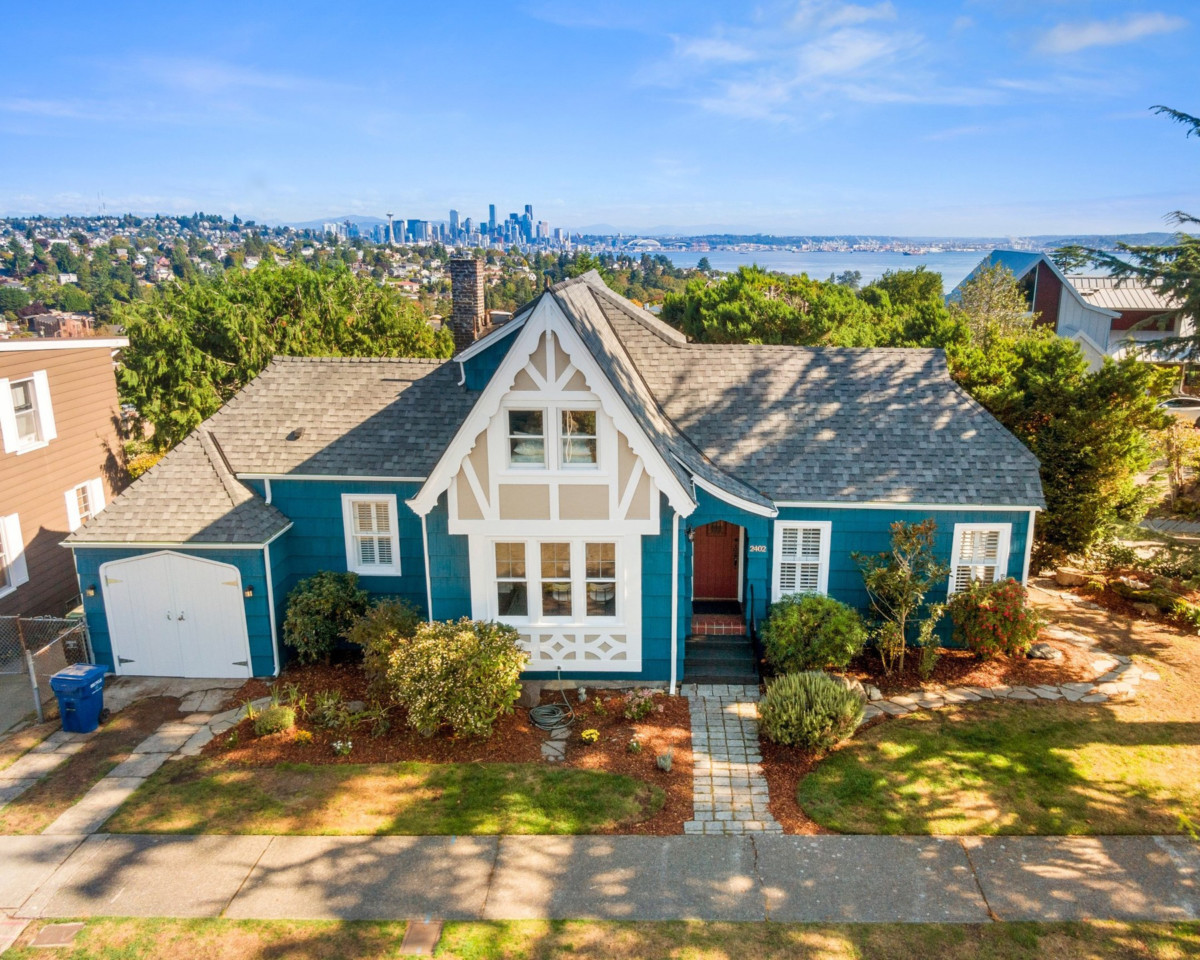
Features of a Tudor house
Tudor style homes have a signature stamp, unlike many other house styles that you may run across. There are a few architectural elements that create the iconic Tudor design, so let’s look at the common details you may find.
Tudor home exterior features
Tudor houses are easily identified from their exterior features, taking inspiration from medieval architecture. Homes are typically 2-3 stories and have white stucco siding with dark wood accents. Unlike the original wood Tudor homes, modern Tudors may be built using brick.
Other features of the Tudor look are steeply pitched gable roofs, tall decorative brick chimneys, and metal or stone chimney pipes or “chimney pots” extending past the chimney frame.
Windows are another prominent feature in Tudor style houses. They come in many variations but are most commonly tall and narrow multi-paned windows. Some windows may have rectangular or diamond-shaped panes grouped together. Other unique window features include “oriel windows,” which are bay windows that extend beyond the home’s façade and are typically located on upper floors.
The front door of a Tudor house is yet another important architectural element. Front doors typically have a round arch, surrounded by stone detailing, which stands out against the brick exterior walls.
Tudor home interior features
A Tudor home’s interior also features many historic details common during the 1500s. You’ll find lots of wood detailing like wood panels, exposed beams, and wood wainscoting and trim. The walls and ceilings are typically a white or light-colored plaster which contrast the detailed ceiling beams.
Types of Tudor homes
There are three main types of Tudor style houses that you may run across, and we’ll cover the small details that make them different.
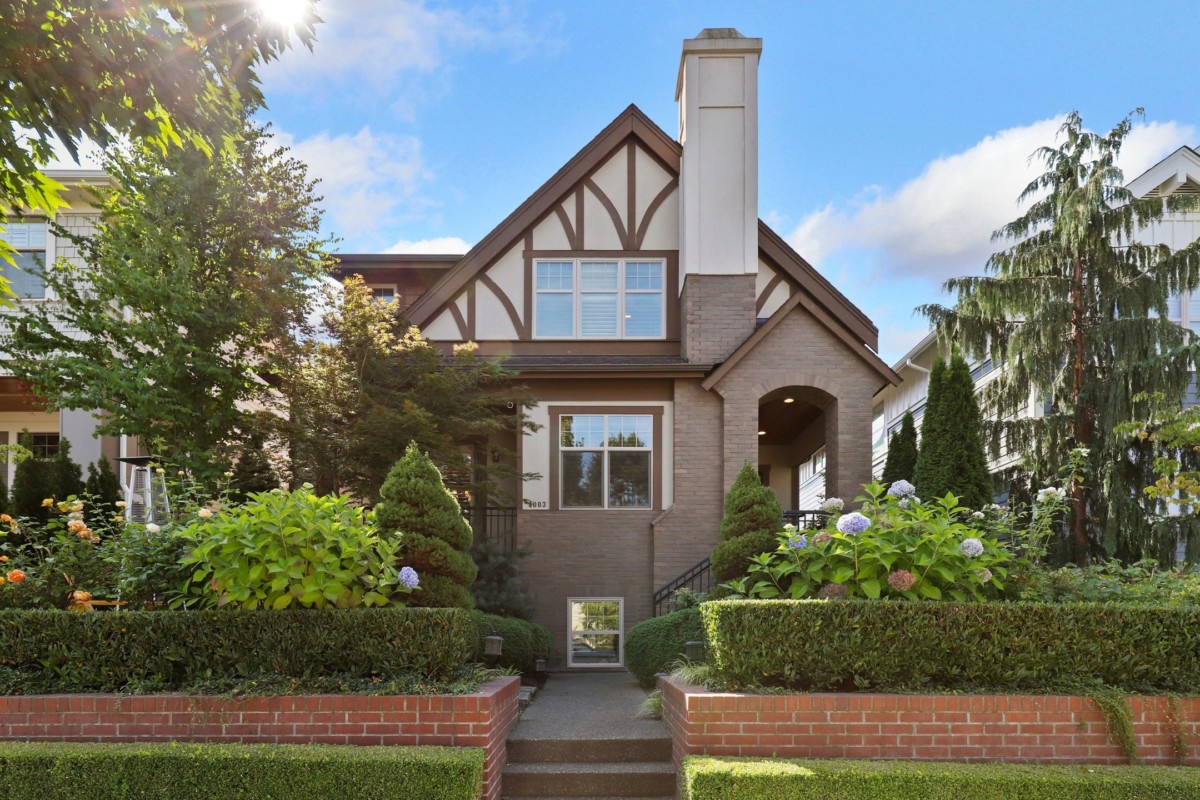
English Tudor style
English Tudor style is the quintessential Tudor style that you’ll probably recognize. Think prominent half-timbered siding, steeply pitched roof, arched doorways, groups of windows, and the charm of an English manor.
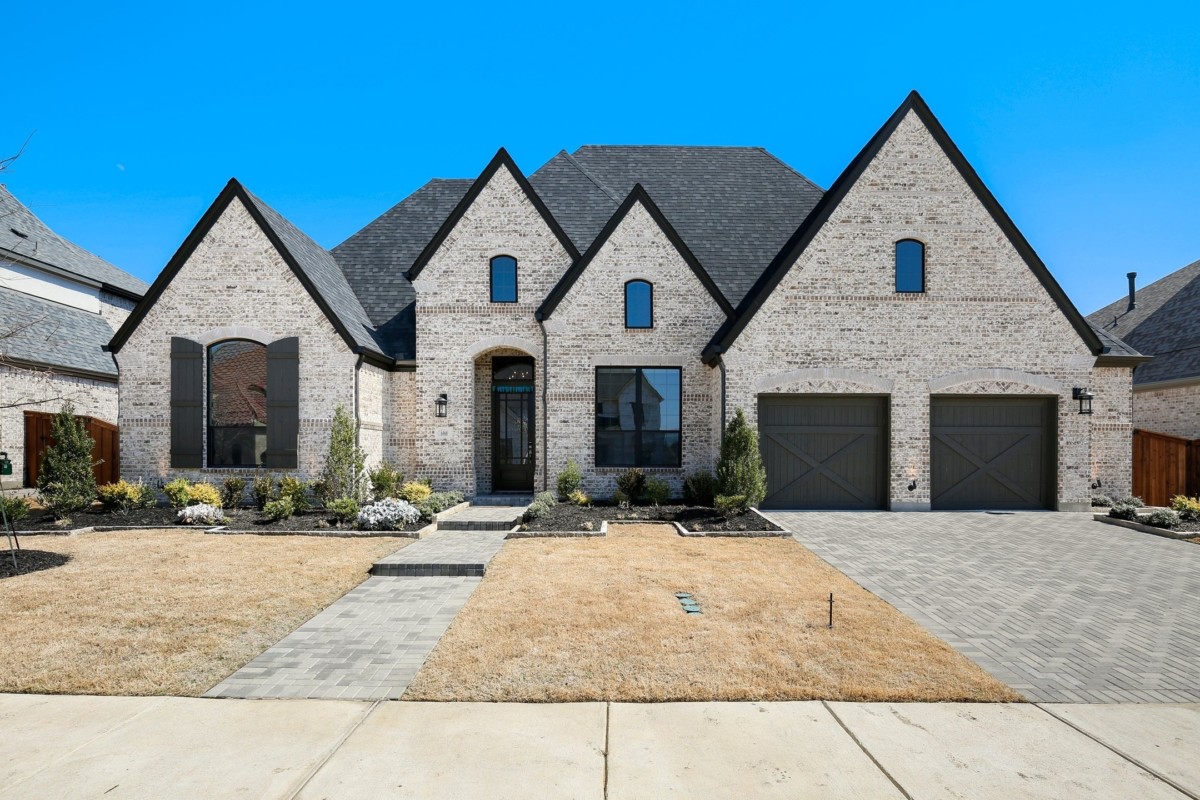
French Tudor style
The French style Tudor has influence from both the English Tudor style and other French architectural styles like “French Country.” Unlike the typical half-timbered look of a Tudor exterior, French Tudors typically use more stone and wood exteriors, creating a natural look.
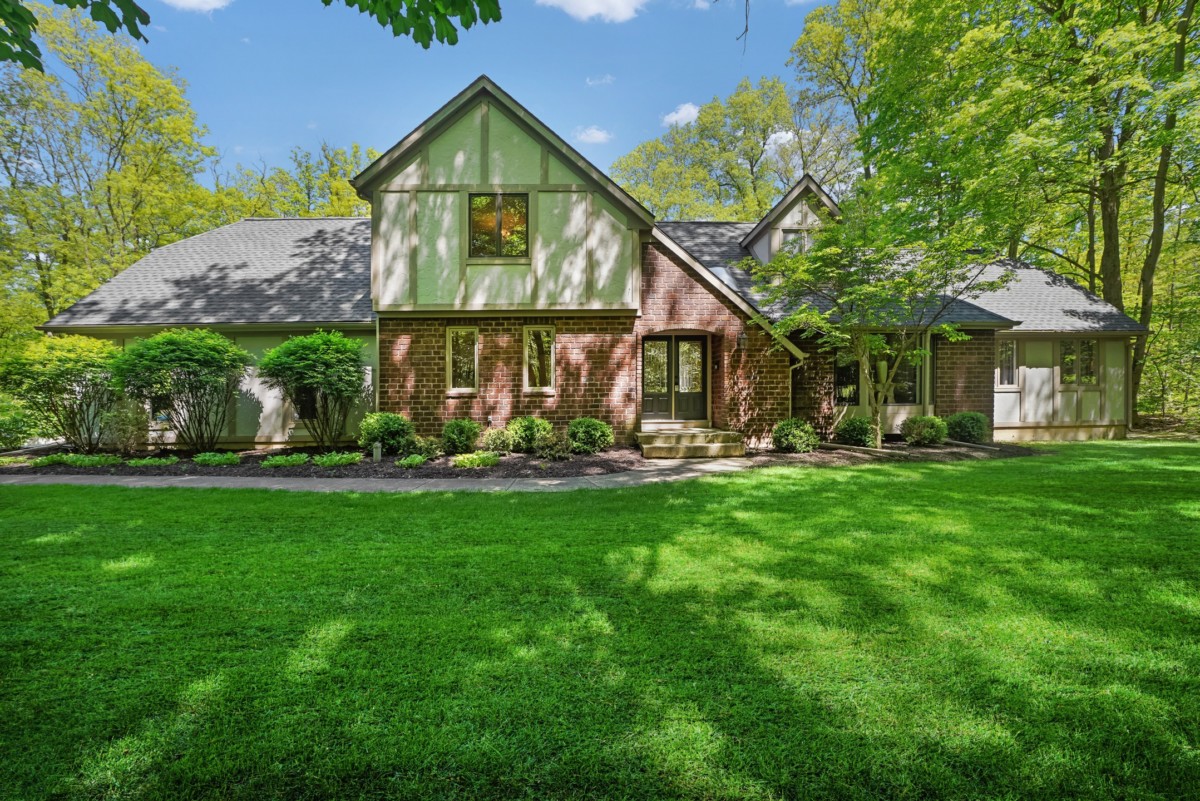
American Tudor Revival style
The American Tudor Revival style is what you’re most likely to find when searching for Tudor houses. Tudor Revival homes typically have red brick exteriors, with decorative half-timbering, and intricate details around doors, windows, and chimneys. Compared to the English Tudor, you’re more likely to find a larger front gable.
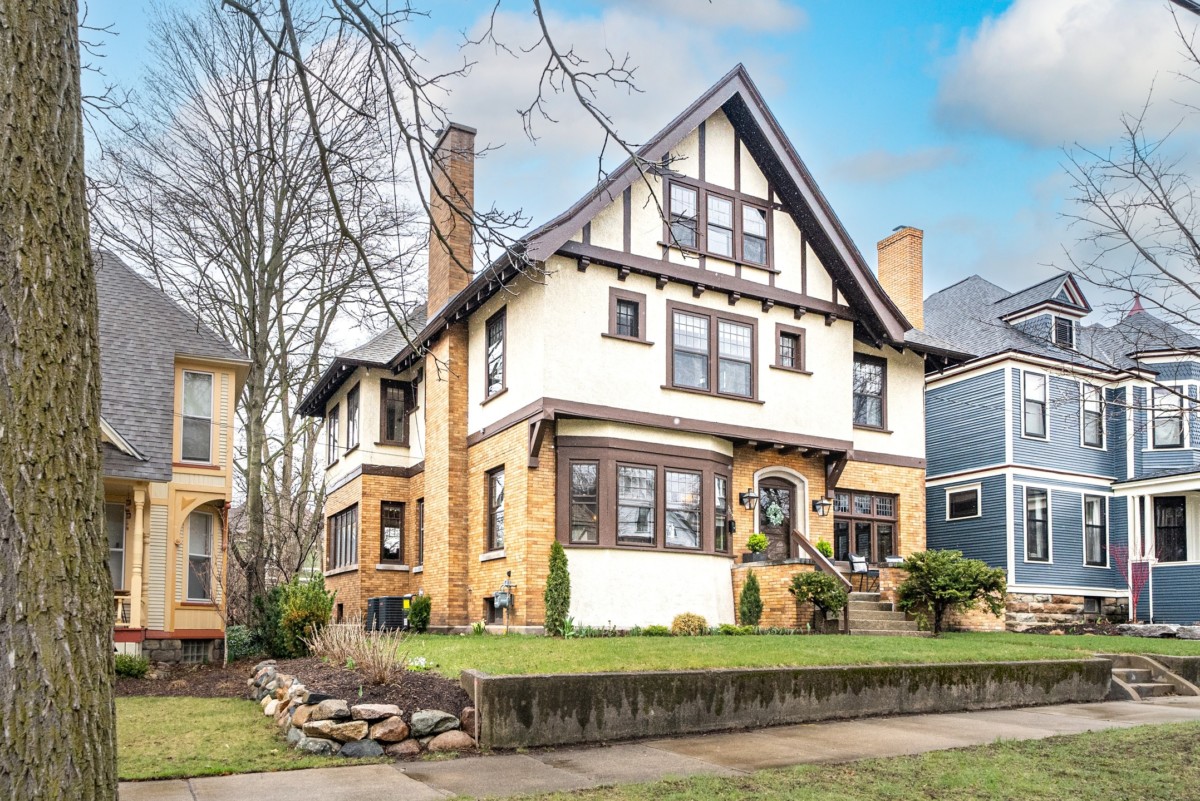
What to consider before buying a Tudor style house
Tudor houses are among the older home styles you’ll find while house hunting. Since these homes went out of fashion after World War II, the majority of Tudors will be older – with many nearing 100 years old. This is important to keep in mind as you decide if this home style is right for you.
Pros and cons of a Tudor home
Each and every home style has its pros and cons – and it all depends on your needs as a homeowner. Find out some of the common pros and cons of Tudor style houses to determine if it’s the right style for your homeownership goals.
Pros of Tudor houses
Historical past: One of the biggest draws of a Tudor style house is the age and history. They’re filled with one-of-a-kind details, features, and even hidden rooms that make these homes stand out amongst the rest.
Structural quality: Solid masonry, stone chimneys, and plaster walls are just some of the Tudor architecture that makes these homes designed to last. The structural quality of a Tudor style home means that you may need to worry less about specific features needing updates.
Asymmetrical design: Tudor Revival houses are typically square or rectangular but have an asymmetrical floor plan. This means that one side of the house is entirely different from the other side. This unique feature allows homeowners to have more freedom when designing their home.
Square footage: Tudors tend to be larger than the typical single-family home, which may be a huge plus for those looking for a big house.
Cons of Tudor houses
Roofing issues: Tudor homes typically have durable slate roofs. However, the many gables and dormers may cause problems with the valley flashing – the point where two sections of a roof meet. Valley flashing allows for rainwater to run off properly. But in Tudor houses, you may experience more leaks due to the ornate roof detailing.
Age: Unless recently updated, many older homes can experience frequent issues. Since many Tudor style houses are close to 100 years old, you may have additional maintenance and more updates than you would in a newer construction home.
Building materials: With their intricate details, exterior style, and interior design, the building materials necessary to properly update a Tudor home’s features may make repairs more expensive. You’ll need to find someone experienced with older homes if you need to restore your Tudor style house to its former glory.
Price: Tudor homes tend to be larger and constructed with costly materials. As a result, they may be more expensive than other home styles. However, that doesn’t mean you can’t find a smaller Tudor cottage that fits well within your budget.
How to find a Tudor style house in your area
If you’ve got your sights set on the historic Tudor Revival house, Redfin can help you find one in your area.
1. Go to Redfin.com and type into the Search Bar either the city’s name or the zip code (for example, Washington D.C.) where you’d like to begin looking for a house. Press enter.

2. Near the top of the next page, on the right side, you will see “All filters.” Click on that and scroll to the “Keywords” box near the bottom of the page.

3. Type the word “Tudor” into the Keywords box and press Apply Filters. That’s all. All Tudor style homes within the city name or zip code you entered will populate the page, and you’ll be able to begin your search.
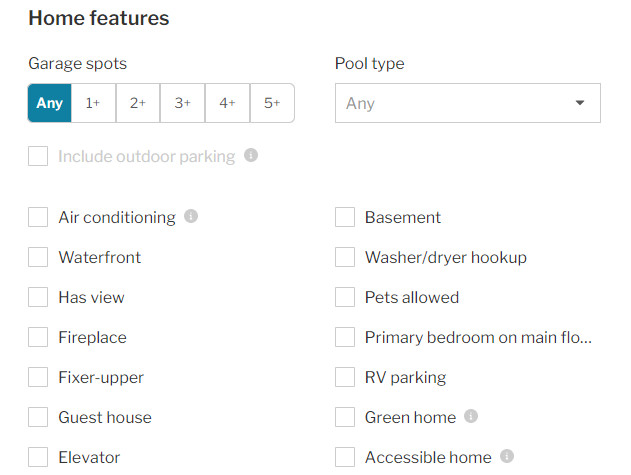

The post What is a Tudor Style House? All About this Historic Architectural Delight appeared first on Redfin | Real Estate Tips for Home Buying, Selling & More.
